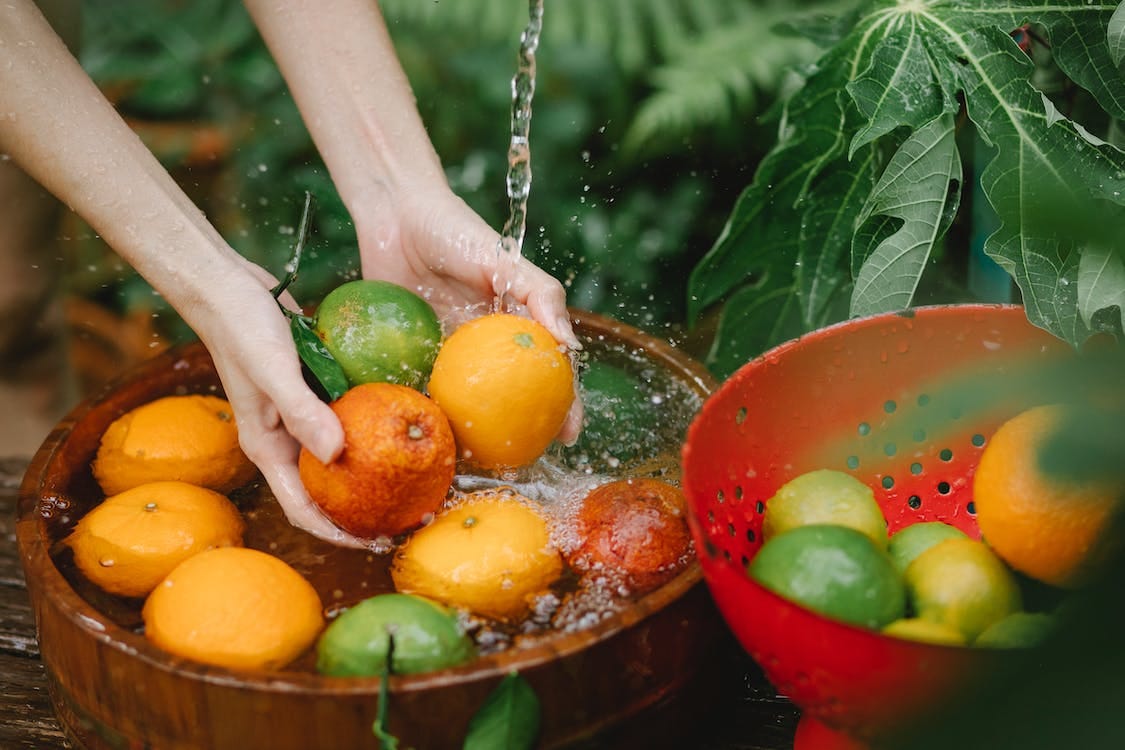You've grown vegetables before; however, like many gardeners, you may find you're drowning in lettuce early on, then have zucchini coming out your ears, and yet you may still spend the winter buying shipped-in produce, frozen veggies, and canned goods. With some careful planning, you can use your garden energy more efficiently to reduce your grocery bill and eat more fresh delicious vegetables.
Planning a garden to feed your family can seem overwhelming. How many tomato plants will you need? It's a good question, and to some degree, the answer is going to depend on how much you like tomatoes. Some general yield guidelines can help you calculate how much of each vegetable to plant. These tips will help focus your efforts so that little to nothing goes to waste.
Plant What You Enjoy
This seems like a no-brainer, but when you're perusing the seed catalogs and see the delicious and prolific 'Piracicaba' broccoli variety, it's easy to get carried away. One idea is to dedicate one area of the garden to new varieties or new vegetables and buy just the smallest amount of seeds. This way you can experiment without being up to your ears in Brussels sprouts.
Analyze Your Grocery Bill
If you keep grocery receipts or just have a good memory, you can use this as a guide for how much of a given item your family eats in a week or month. Then, extrapolate to the year. For example, buy a 5-pound bag of onions every couple of weeks. So 10 pounds a month equals 120 pounds a year. If you want to supply your family with a year's worth of onions, you'll need to plant enough to yield 120 pounds.
Canning and Preserving
Sure, you can feed the family from the garden through the growing season, but what about in the winter? Well, tomatoes, for example, can be made into sauce, salsa, dehydrated—or all three! Remember that low-acid foods will need acid added or to be pressure-canned, and always use a current, accurate canning recipe.1 Some easy vegetables and fruits for beginning canners include apples, berries, cucumbers (pickled), tomatoes, and green beans (as dilly beans). Also, preserving includes freezing foods. Freezing is easy and safe. You can freeze berries, tomatoes, and basically any vegetable—blanching or boiling first, usually.
Extend the Season
Canning and preserving is hard work, so minimize how much you have to do by growing fresh food longer. Cold frames, greenhouses, and row covers are all great ways to extend the growing season. If you have space, consider growing herbs and greens in your house in the winter.
Calculate Yield and Plan Rows
This planting chart from the Virginia Cooperative Extension provides guidelines for how much of each crop to plant and appropriate planting dates. Remember that these amounts per person don't consider canning and preserving for winter, so you might want to plant additional amounts looking at yield, based on what you plan to preserve and what you expect to eat through the winter.
Keep Good Records
Tweaking just how much to plant for your particular family is going to take some time. This is based on how much each family eats, whether you are canning and preserving for winter, and your growing season and space. Keeping a farm and garden journal can help you adjust your plantings for the next season. You'll remember that you planted way too much lettuce, and plant less next time. Or, maybe you'll realize that the mesclun greens did so well, you decide to plant enough this year to bring to the farmer's market.
Be Flexible
Remember that although having a garden planned out is essential, you can do some adjusting of your plan on the fly. Succession plantings can keep a popular vegetable going through the entire growing season. You can tear up the pea patch when the hot weather hits, and plant radishes for salads.
I hope the article helps you a lot. Please join me by Subscribing to my Newsletter for more articles like this, it inspires me to write more.








